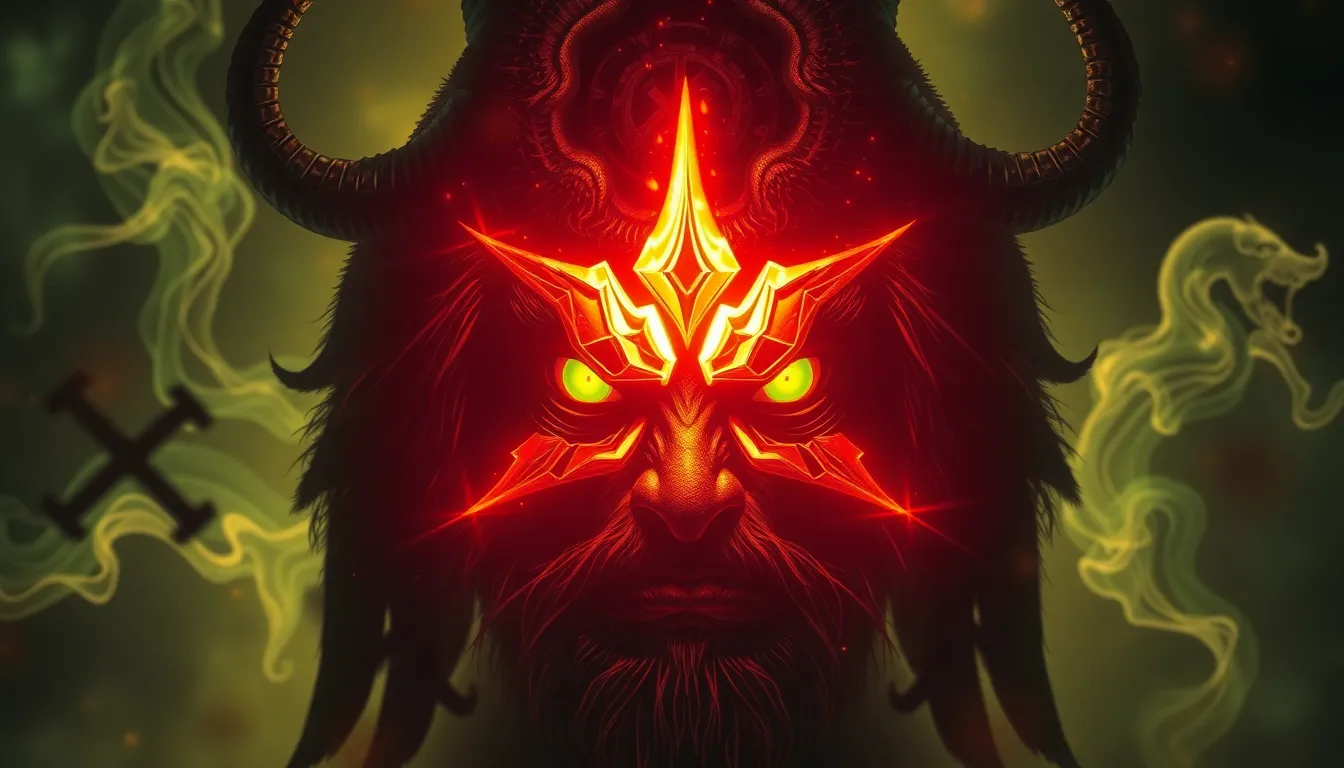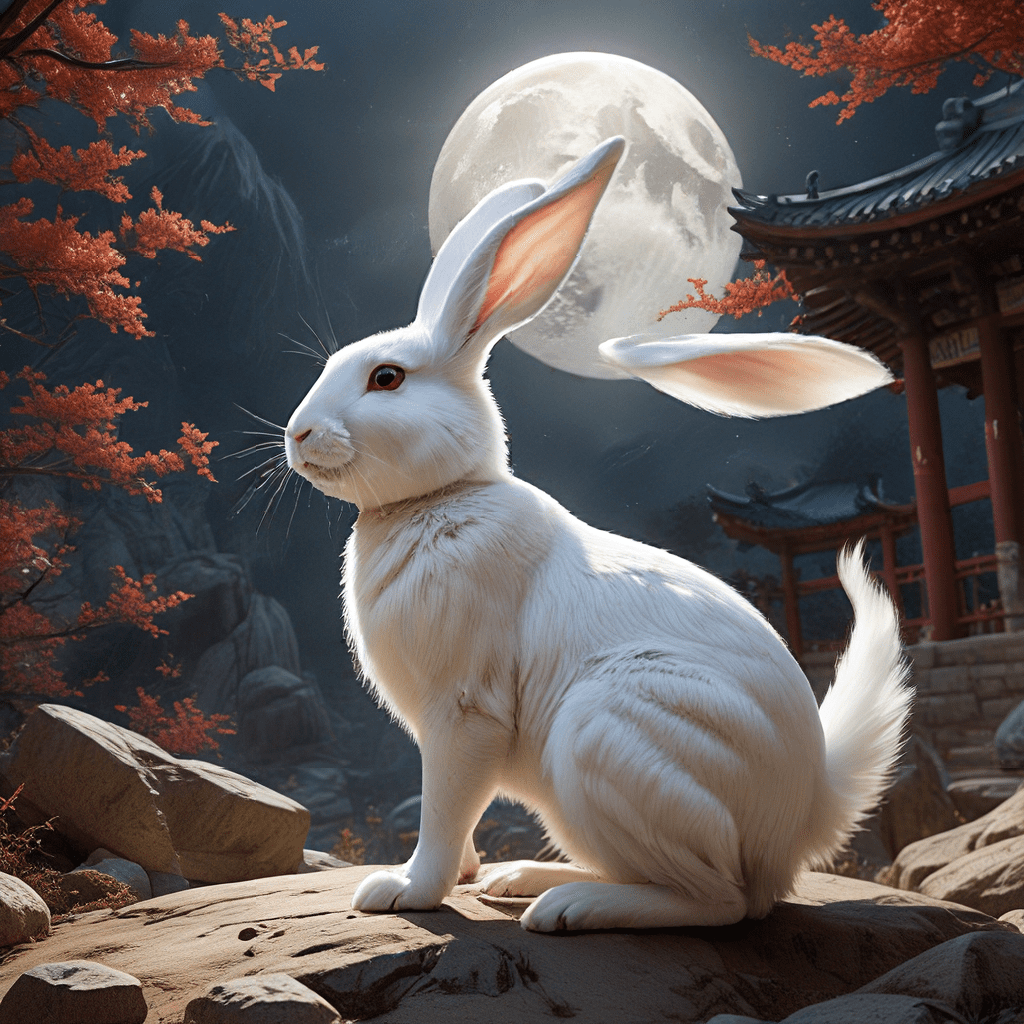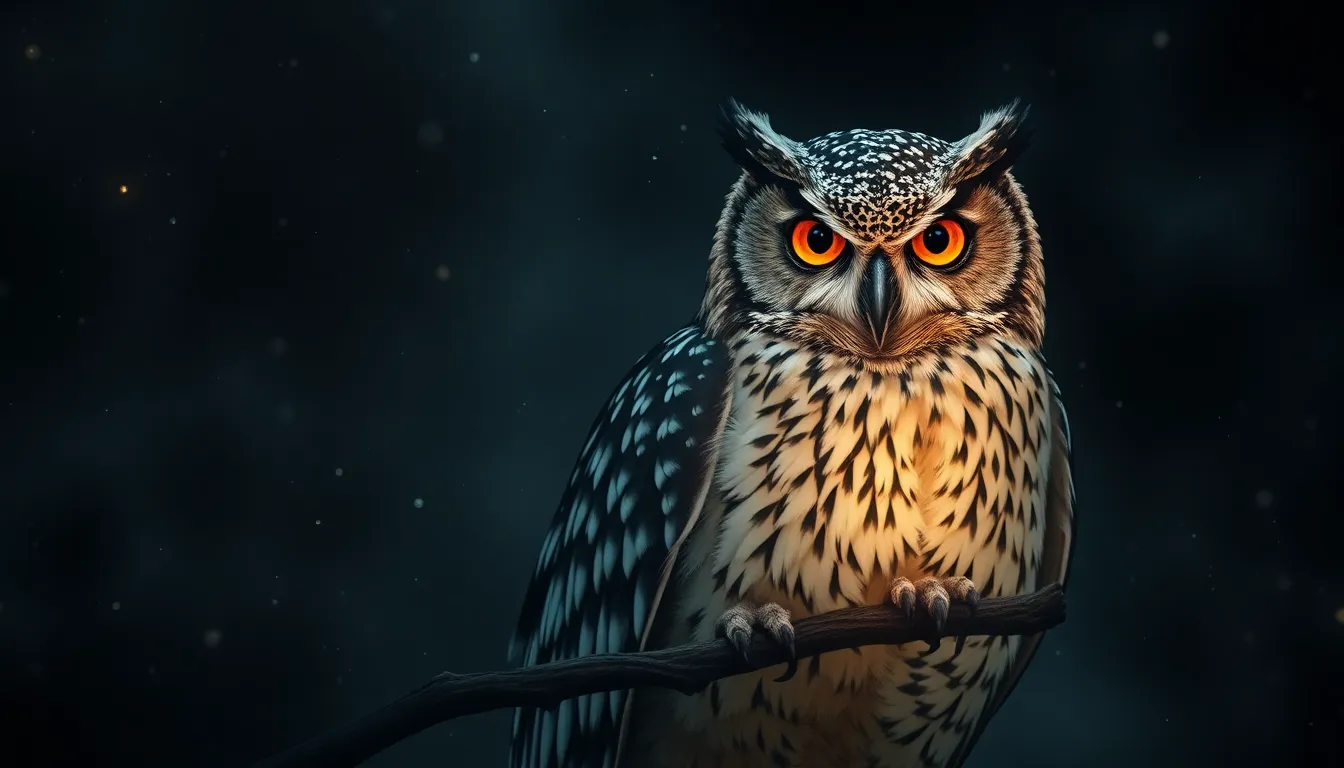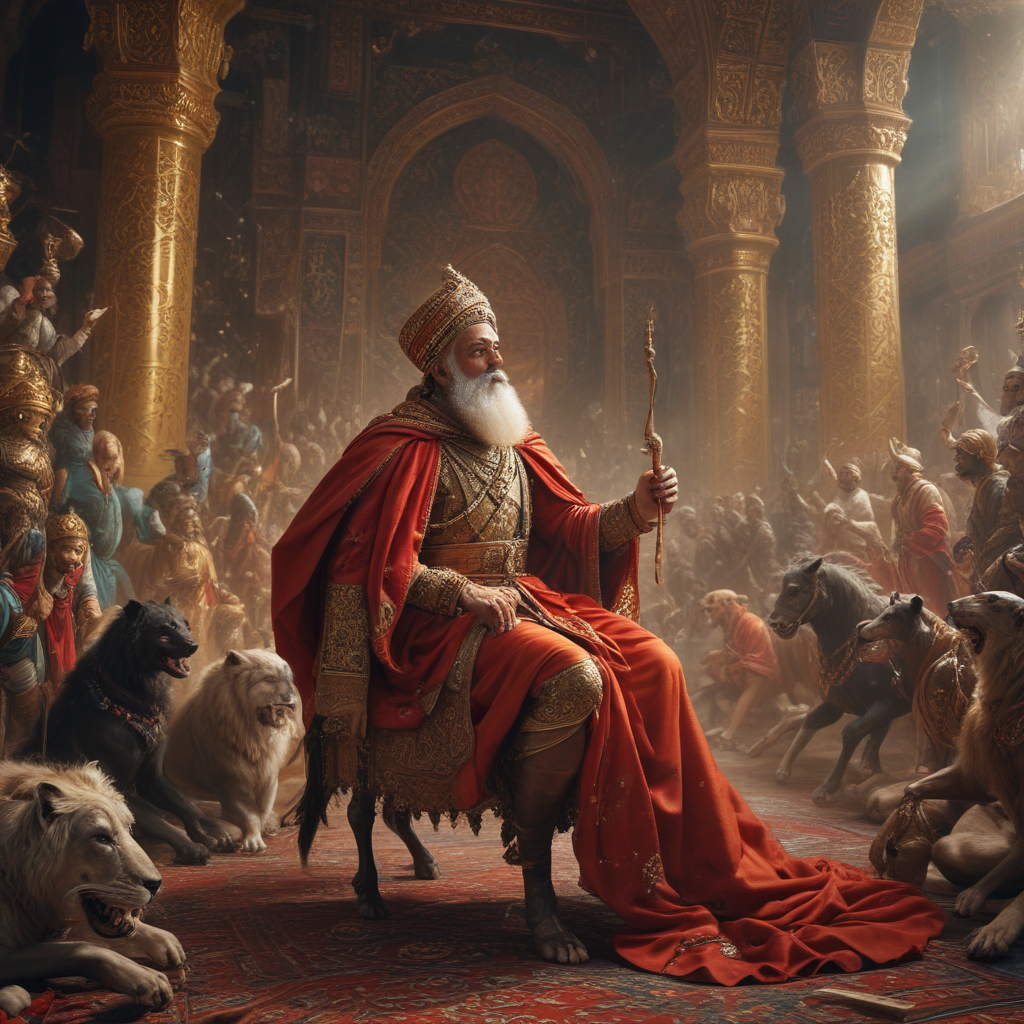The Trickster’s Legacy: How They Influence Our Lives Today
Introduction to Trickster Archetypes
The trickster archetype is a compelling figure found throughout mythology and folklore, serving as a bridge between the mundane and the mystical. Defined by their cunning, cleverness, and often mischievous behavior, tricksters challenge norms, create chaos, and ultimately foster transformation. They embody qualities that both disrupt and enlighten society.
Prominent trickster figures across cultures include:
- Loki – A complex figure in Norse mythology known for his shape-shifting and cunning nature.
- Anansi – The spider trickster from West African folklore who often uses his wits to outsmart stronger opponents.
- Coyote – A key figure in many Native American myths, often portrayed as a creator and a fool.
Historical Context of Trickster Figures
The origins of trickster mythology can be traced back to ancient societies where oral traditions flourished. These stories were crucial in shaping cultural identities and moral lessons. Tricksters often served as a narrative tool to explain natural phenomena or societal norms, using humor and irreverence to convey deeper truths.
In oral traditions, trickster tales were shared across generations, allowing communities to reflect on their values and beliefs. The trickster served as both a mirror and a catalyst for change, illustrating the complexities of human nature.
Psychological Significance of Tricksters
Psychologically, the trickster represents the duality of chaos and creativity. They disrupt the status quo, pushing individuals to confront uncomfortable truths. Carl Jung described the trickster archetype as part of the collective unconscious, symbolizing the unpredictability of life and human behavior.
Understanding the trickster can help us embrace our own complexities, highlighting the importance of adaptability, humor, and resilience in navigating life’s challenges.
Tricksters in Literature and Art
Trickster characters have made significant appearances in both classic and contemporary literature, serving various narrative purposes. In works ranging from classical epics to modern novels, these figures often embody the struggle against authority and the exploration of identity.
- Classic Literature: Characters like Odysseus from “The Odyssey” exemplify the cleverness and guile of the trickster.
- Contemporary Works: In novels such as “The Brief Wondrous Life of Oscar Wao” by Junot Díaz, trickster elements subvert traditional storytelling.
In the realm of visual arts and performance, tricksters are often depicted in ways that challenge viewers’ perceptions. From Salvador Dalí’s surrealism to contemporary performance art, the influence of the trickster is pervasive, encouraging audiences to question reality and embrace ambiguity.
Trickster Traits in Modern Society
In today’s world, trickster behaviors manifest in various forms, often seen in the realms of satire and irony. Comedians, social critics, and even everyday individuals use these traits to challenge authority and provoke thought.
The rise of social media and the internet has transformed trickster dynamics, allowing for rapid dissemination of ideas and challenges to conventional wisdom. Memes, viral videos, and online satire become modern tools of the trickster, blurring lines between humor and serious critique.
The Trickster in Popular Culture
Trickster characters are prevalent in popular culture, appearing in films, TV shows, and video games. Examples include:
- Film: Characters like Jack Sparrow from “Pirates of the Caribbean” embody the playful, cunning spirit of the trickster.
- TV Shows: “The Simpsons” frequently employs trickster elements through characters like Bart Simpson, who challenges societal norms.
- Video Games: Characters such as Joker from “Batman” illustrate the chaotic yet fascinating nature of the trickster archetype.
The commercialization of the trickster archetype is also notable, as brands utilize the allure of tricksters to market products and engage consumers. This reflects society’s ongoing fascination with rebellious figures who defy expectations.
Trickster Influence on Social Change
Tricksters often serve as agents of social critique and transformation. They challenge the status quo, exposing injustices and encouraging dialogue. Modern trickster figures, such as comedians and activists, use humor and provocation to address serious societal issues.
Case studies of modern tricksters include:
- Comedians: Figures like John Oliver and Hasan Minhaj use satire to dissect political and social issues.
- Activists: Individuals like Banksy, whose art blends humor and critique, challenge societal norms and provoke thought.
Ethical Implications of Trickster Behavior
The line between humor and offense is delicate when navigating trickster ethics. While tricksters promote critical thinking and skepticism, their methods can sometimes lead to misunderstandings or harm.
It is essential for individuals to consider the context and impact of trickster behavior, embracing the potential for humor while being mindful of its effects on others.
Cultural Variations of Trickster Narratives
Trickster stories vary significantly across cultures, yet they share common themes that address universal human experiences. For instance:
- Native American Tales: Often featuring Coyote, these stories highlight creation and moral lessons.
- African Folklore: Anansi stories impart wisdom through humor and cleverness.
- Asian Myths: Figures like the Monkey King in Chinese literature embody both mischief and profound wisdom.
The universality of the trickster archetype emphasizes its relevance in exploring the complexities of human existence and societal dynamics.
Conclusion: The Enduring Legacy of the Trickster
The trickster’s legacy is both rich and enduring, reflecting the complexities of human nature and society. As we navigate the challenges of contemporary life, understanding and embracing the trickster spirit can offer valuable insights into adaptability, creativity, and social critique. The future of the trickster archetype lies in its ability to evolve, continuing to challenge norms and inspire change in a rapidly changing world.



